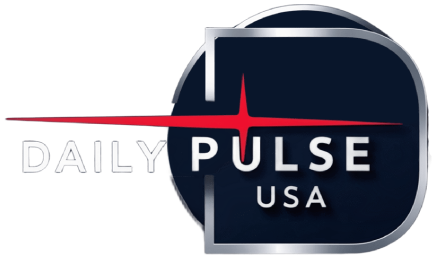The escalation in Los Angeles continues as military deployments in response to recent civil unrest are expected to incur significant costs. A senior defense official revealed in a Tuesday hearing that the deployment of US military personnel ordered by President Donald Trump is projected to cost 134 million dollars for 60 days of operations. This substantial figure underscores the financial implications of federal intervention in local protests. The escalation in Los Angeles has become a focal point of national debate.
The Trump administration’s decision involved the deployment of 700 Marines and 4,000 National Guard troops. According to Defense Secretary Pete Hegseth during the same hearing the primary objective of this mobilization was to protect Immigration and Customs Enforcement ICE agents during their operations. This comes amid ongoing confrontations between demonstrators and law enforcement in downtown Los Angeles. The nature of this intervention highlights the complex interplay between federal authority and local civil unrest.
While California Governor Gavin Newsom a Democrat announced the deployment of an additional 800 state and local police officers to the region the protests in Los Angeles appeared to subside overnight on Monday. However the demonstrations began to spread to other major cities across the nation. San Francisco Austin and New York are among the locations experiencing growing unrest. This broader geographical spread indicates that the escalation in Los Angeles is part of a larger national phenomenon.
Mayor Karen Bass of Los Angeles strongly criticized the US Immigration and Customs Enforcement for creating an atmosphere of terror in the city. She asserted that ICE agents have been unexpectedly detaining individuals during their annual immigration appointments. Furthermore she stated that these detainees are often denied legal representation once taken into custody. These allegations raise serious concerns about due process and human rights amidst the escalation in Los Angeles.
Authorities in Los Angeles have employed less lethal weapons to disperse protesters. These tools commonly include tear gas rubber bullets and pepper spray. While intended to control crowds without resorting to lethal force these weapons can still cause severe injuries or even death. The use of such munitions during the escalation in Los Angeles has drawn criticism from human rights advocates and some political figures.
A YouGov poll conducted on Tuesday revealed public disapproval of deploying National Guard soldiers to Los Angeles by a double-digit margin. Approximately 45 percent of Americans surveyed disapproved of the deployment while 38 percent approved. Earlier polling on Monday indicated more negative than positive views of the protests against ICE and a divided opinion on whether protesters were mostly peaceful or violent. Public opinion remains polarized regarding the escalation in Los Angeles.
Representative Betty McCollum a Democrat from Minnesota criticized President Donald Trump’s decision during a hearing of the House Appropriations Committee’s defense subcommittee. She argued that the situation in Los Angeles was not comparable to the riots that followed the murder of George Floyd in 2020 or the Rodney King riots in 1992. Her remarks highlight a political division over the necessity and proportionality of the military response. The escalation in Los Angeles reflects broader political tensions.
The deployment of federal troops in American streets has historically signaled a profound social crisis. President Donald Trump however has increasingly opted to declare emergencies or crises even when state and local officials claim the situation is under control. This pattern allows him to take sweeping actions rally his supporters and engage in favorable political battles. The escalation in Los Angeles is viewed by some as an example of this governing strategy.
Author: Halabeth Gallavan







